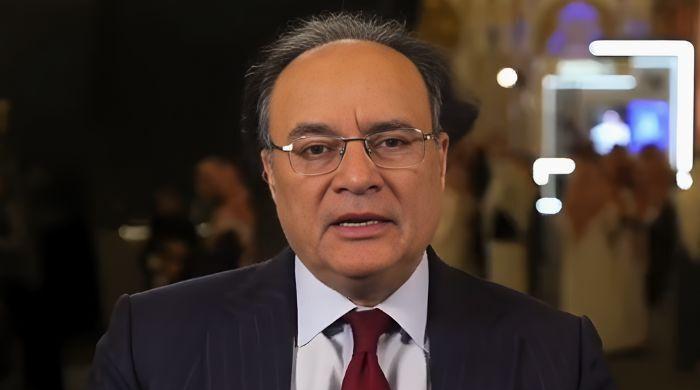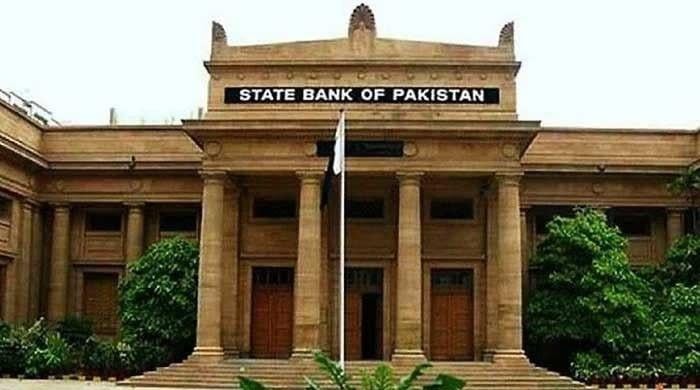Pakistan’s e-commerce boom is here to stay
Rise of Pakistan’s e-commerce sector driven by foreign investments and emerging mobile payment platforms
August 18, 2016
Pakistan’s e-commerce sector is growing, and rapidly. According to the Gulf News, the sector is currently worth $60 million and is expected to cross the $1 billion mark by 2020, fueled by foreign investments and the emerging mobile payment platforms among other factors.
Yusuf Hussain, director of the Islamabad Founder Institute, while talking to GN Focus said that the Pakistani e-commerce market has been helped by the improving security situation, burgeoning tech-savvy middle class, increased investments in the tech sector and growing popularity of online transactions.
About mobile payment platforms, he told the publication, “With growing maturity, they are poised to make inroads into the cash on delivery models and expand the pie.”
Jamil Goheer, co-founder of Virtual Force, which provides technology platforms to startups, the rise of e-commerce has been driven by infrastructure development, GDP growth, strategic geolocation, the China-Pakistan Economic Corridor and technology upgrades.
“Businesses are reaching out to their consumers over various digital platforms and advocating for economic activity over the Internet due to lower costs,” he was quoted as saying by GN.
E-commerce has been growing at an “astonishing speed”, fueled by the rise of social networks in Pakistan, said another tech entrepreneur Moeez Javed, founder of online fashion store Virgin Teez.
Introduction of 3G/4G was another major breakthrough that fueled the rise of e-commerce in Pakistan, according to Arzish Azam, founder and CEO of Just Price. He estimated that there are more than 2,000 online stores in Pakistan.
According to research by shopping portal Kaymu.pk, people aged 25-34 make up the highest number of e-commerce users, followed by the 18-24 group.
There are, however, several challenges that lie in the way of the e-commerce boom in the country. Red tape in the company registration process, the prevailing tax regime and the fact that almost half of Pakistan’s population resides in rural areas are some of the hindrances inhibiting the e-commerce sector.
Azam believes quality assurance, a complaint mechanism and on-time delivery are some of the things that need implementing to help the sector. “If they prioritise the convenience of consumers then they’ll truly be able to replace offline shopping in the next decade,” he told GN.









